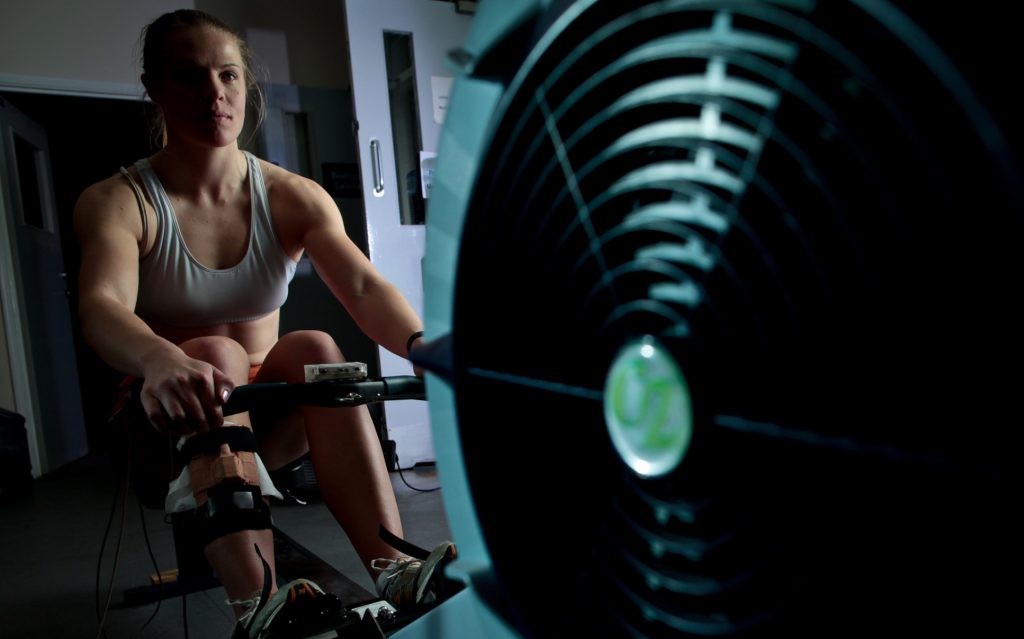Table of Contents:
1. Understanding Periodization
2. A Brief History
3. Time Scales in Periodization
4. Types of Periodization
5. Is Periodization Important?
6. CONCLUSION: Best Periodization for Beginners
7. Frequently Asked Questions
When it comes to periodization training, the explanations can often be overly complicated. In this post, we aim to simplify things. We’ll delve into what periodization training is and discuss four common and effective models for all training types: linear, undulating/non-linear, block, and conjugate periodization.
1. Understanding Periodization
Periodization involves the planned adjustment of training variables, such as volume, intensity, frequency, rest periods, and exercise selection. Typically, it focuses on manipulating volume and intensity. In essence, it’s about how you structure your training and when you apply different types of stress to your body.
2. A Brief History
The concept of periodization was introduced in the 1960s by a Russian physiologist named Leo Matveyev, primarily based on linear periodization. It gained popularity over time and was influenced by Hans Selye’s General Adaptation Syndrome (GAS) theory, which explains how the body responds to new stimuli through phases: Alarm, Resistance, and Exhaustion. The goal of periodization is to extend the Resistance phase, where improvements occur, while minimizing the Exhaustion phase through well-timed deload or rest periods.
3. Time Scales in Periodization
Periodization organizes training into cycles, including Macrocycle (long term), Mesocycle (midterm), and Microcycle (short term). These cycles help structure your training toward long-term goals.
4. Types of Periodization
4.1. Linear Periodization
Involves progressively increasing intensity while decreasing volume over time. It’s great for beginners and those aiming for a slow progressive peak. Benefits of Linear Periodization:
+ Simplicity and Clarity: Linear periodization stands out as one of the most straightforward periodization methods, making it easily comprehensible and implementable.
+ Ideal for Beginners: It’s particularly advantageous for newcomers seeking to establish a robust foundation in strength. Beginners experience noticeable and quantifiable gains in the short term, thanks in part to the phenomenon known as “newbie gains.” Linear periodization supports swifter progress in this phase.
+ Gradual Peak Performance: Linear periodization facilitates a gradual ascent towards peak performance. This makes it a valuable choice for individuals preparing for competitions, such as those taking place 8-12 months in the future, without the risk of overexertion.
+ Inverted Progression: Reverse periodization, in contrast to linear, involves a reverse pattern where volume increases, and intensity decreases over time.
4.2. Undulating Periodization
Varied stimuli on a daily or weekly basis. Can focus on multiple training adaptations simultaneously and is suitable for intermediate and advanced athletes. Benefits of Undulating Periodization:
+ Adaptive Progression: Undulating periodization suits those in the intermediate to advanced stages, where progress must occur at a more measured pace. It offers a sustainable path to advancement. For instance, intermediates may use Daily Undulating Periodization (DUP) to advance weekly, whereas advanced athletes might employ Weekly Undulating Periodization (WUP) to make monthly progress.
+ Multi-Faceted Development: Undulating periodization allows for concurrent improvements in multiple training attributes. For instance, it enables enhancements in hypertrophy, strength, and power within a macrocycle. This approach is advantageous because these qualities synergize with each other, meaning that gains in one area can positively impact the others.
+ Ideal for Long Sports Seasons: Athletes with extended sports seasons can benefit from undulating periodization as it helps prevent burnout by continually changing training variables.
+ Plateau Mitigation: Undulating periodization is effective in mitigating plateaus that may occur with linear periodization. It offers a fresh and varied training experience, reducing the risk of stagnation.
4.3. Block Periodization
Divides training into blocks, each emphasizing specific skills like hypertrophy, strength, or power. Its also known as ATR as for Accumulation, Transformation, Recovery. Excellent for maintaining peak performance over extended periods. Benefits of Block Periodization:
+ Sustained Athletic Performance: Block periodization excels in maintaining high athletic performance levels over extended periods, ensuring athletes remain competitive without suffering from burnout.
+ Balanced Progression: It promotes a more gradual progression, which is crucial for advanced athletes looking to avoid overexertion.
+ Multiple Peaking Opportunities: Block periodization allows for the preparation of peak performance at multiple times throughout the year, catering to athletes engaged in frequent competitions.
4.4. Conjugate Periodization:
Rotates training goals weekly, focusing on volume, intensity, and exercise selection. Ideal for developing various compatible traits simultaneously over a period of time.
5. Is Periodization Important?
Yes, periodization has been shown to have a positive impact on strength and hypertrophy. It allows for progression, fatigue management, and psychological stress adaptation, vital for long-term progress. The most important training principles within any periodization structure are:
Specificity
Overload
Fatigue Management
Stimulus-Recovery-Adaptation
Variation/Variety
Periodization
Individualization
6. CONCLUSION: Best Periodization for Beginners
For beginners, periodization is less critical. Progressive overload is the primary focus. However, linear periodization with mesocycle deloads every 6-8 weeks can be beneficial. Beginner strength programs are often straightforward and effective.
In summary, periodization is a valuable tool in long-term fitness progress. For beginners, focus on progressive overload. Advanced athletes can benefit from various periodization models tailored to their goals and experience level.”
7. Frequently Asked Questions
What Is Periodization, and Why Is It Important for My Fitness Journey?
Periodization in fitness involves systematically varying training variables like intensity, volume, rest periods, and exercise selection over time. This approach is crucial because it optimizes your progress by preventing plateaus, managing fatigue, and promoting long-term growth. It helps you avoid overtraining, ensure balanced development, and tailor your workouts to your specific goals, whether it’s strength, hypertrophy, or athletic performance.
How Do I Know Which Type of Periodization Is Right for Me?
The choice of periodization depends on your fitness level, goals, and training experience. If you’re a beginner, linear periodization is often recommended as it’s straightforward and yields rapid gains. Intermediate or advanced individuals might benefit from undulating periodization, which offers more sustainable progression. Block periodization is excellent for athletes with extended seasons, and conjugate periodization suits those aiming to improve multiple qualities simultaneously.
Can You Explain the Difference Between Linear and Reverse Periodization?
Linear periodization involves gradually increasing intensity and decreasing volume over time, making it ideal for slow and steady progress, often leading to peak performance. In contrast, reverse periodization flips this pattern by increasing volume and decreasing intensity. This approach is typically used for developing muscular endurance or work capacity, rather than peak strength or power.
What Are the Benefits of Undulating Periodization for Athletes?
Undulating periodization is valuable for athletes because it allows for progressive development across various training attributes, such as hypertrophy, strength, and power. This approach prevents burnout during extended sports seasons, .reduces the risk of plateaus, and provides variety in training routines. Moreover, it accommodates different progression speeds, making it suitable for both intermediate and advanced athletes.
Why Is Periodization Important for Long-Term Fitness Success?
Periodization is crucial for long-term fitness success because it helps manage the physical and psychological stress of training. By adjusting variables like intensity and volume, it enables you to continue making progress without experiencing burnout. This ensures sustained growth, keeps training fresh, and supports your fitness journey over extended periods.




